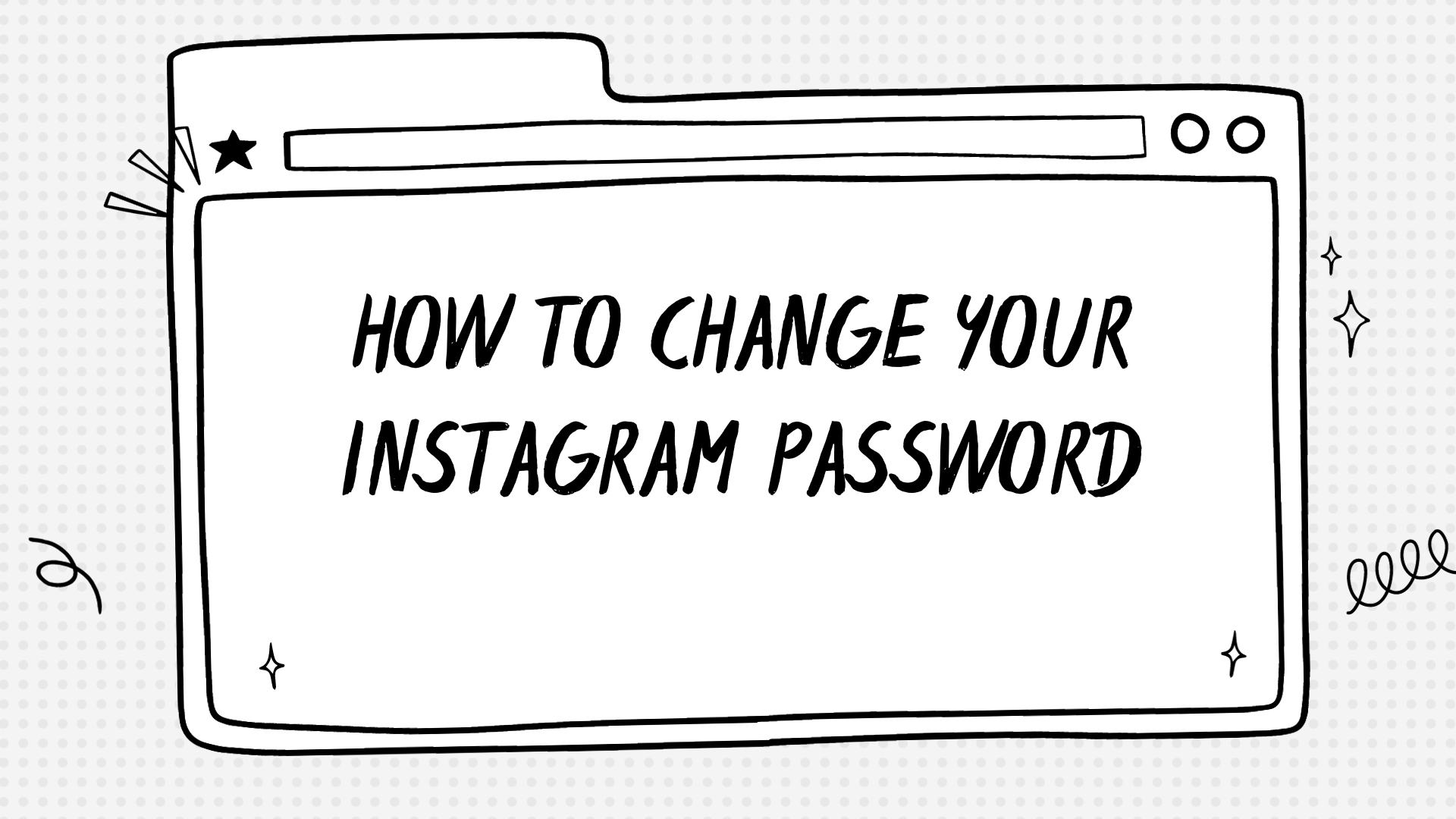Setting out to initiate a partner program can often feel like you’re stepping into the wild unknown, it’s difficult to kickstart and go from Zero to One in setting up a Partner Program
This article aims to be your compass, providing you with a stepwise roadmap for constructing an effective partner program and harnessing its potential for optimal revenue augmentation.
Key Takeaways
- A partner program is a strategic collaboration between businesses that aims to achieve mutual benefits, such as increasing sales and brand visibility.
- Building a successful partner program involves identifying ideal partners, determining the program structure, creating a partner journey, and setting goals for tracking success.
- Partner programs offer benefits such as expanding your customer base by tapping into existing networks, streamlining processes for efficiency and cost savings, and increasing revenue through cross-selling and accessing new markets.
What is a Partner Program?
A partner program is a strategic business relationship between a company and revenue-generating partners, such as channel partners or distribution methods.
Explanation of a partner program
A partner program, at its core, is a strategic collaboration between businesses aiming to achieve mutual benefits. It revolves around shared goals and responsibilities where one company partners with other businesses to extend their reach, boost sales or enhance brand visibility.
Usually, the main business offers incentives like commission and exclusive access to resources or services as part of the agreement. An effective partner program has a unique value proposition that appeals to potential collaborators such as extensive training programs and opportunities for increased revenue.
This type of setup enables companies not only to streamline processes but also accelerate growth by pooling resources and capabilities together while reaching larger audiences. Therefore, it’s considered an excellent strategy for businesses looking to maximize profitability in today’s competitive landscape.
Steps for Building a Partner Program
To build a successful partner program, you need to identify ideal partners, determine the program structure, create a partner journey, and set goals for tracking success. Read on to learn more about each step and how it can benefit your company.
Identify ideal partners
Finding ideal partners is a pivotal step in starting a partner program. Companies need to identify potential businesses or individuals that align with their vision, mission, and product offerings.
Criteria for the perfect match may include a shared target audience, collaborative operating style, and complementary products or services. Analyzing a prospective partner’s strengths and weaknesses can be beneficial too.
For example, engaging with firms that excel where your company may lack helps create a balanced partnership. Moreover, these preferred partners should have established credibility in the market to ensure they can effectively promote your products or services.
A thorough research phase contributes significantly to building long-lasting relationships with suitable teammates for your strategic partner program journey.
Determine program structure
Defining the structure of your partner program is paramount. It involves outlining clear requirements and expectations for partners, such as sales targets or training restrictions.
Furthermore, it includes establishing the framework for partner benefits like commissions, incentives, and other perks. This step requires thorough planning to ensure that both parties understand their roles and obligations.
The structure should be flexible enough to accommodate changes but robust enough to maintain integrity over time. By effectively determining this structure, you lay a foundation upon which a successful partnership can thrive.
Knowledge Section
Resource Management Software – Detailed Guide on How to Use? (2023)
Denticon – Discover the Secret All in One Dental Solutions (2023)
Create partner journey
To create a successful partner program, it is important to create a partner journey that guides partners through the program and helps them achieve their goals. This involves:
- Defining clear onboarding and training processes
- Providing resources and support for partners to effectively sell or promote your products/services
- Establishing regular communication channels to keep partners informed and engaged
- Offering incentives or rewards to motivate and incentivize partners
- Continuously evaluating and improving the partner journey based on feedback and results
Create necessary materials
To build a successful partner program, it is essential to create the necessary materials that will support and guide your partners. These materials can include training resources, sales collateral, marketing materials, and any other tools or documents that partners will need to effectively promote and sell your products or services.
By providing comprehensive and easily accessible materials, you can ensure that your partners have all the information they need to represent your brand accurately and drive results.
This step is crucial in empowering your partners to be successful in their partnership with you.
Creating these materials also allows you to maintain consistency across all of your partner channels. It ensures that partners are receiving accurate information about your offerings and are able to communicate this effectively to potential customers.
By investing time into developing high-quality materials, you demonstrate professionalism and dedication to supporting your partners’ success.
Remember that the creation of these necessary materials should align with the goals and objectives of your partner program while addressing the needs of both you as a business owner and your partners.
Providing clear instructions on how these resources should be utilized can help ensure that everyone is on the same page when it comes to promoting your products or services through the partner program.
Set goals and track success
To ensure the success of your partner program, it is essential to set clear goals and consistently track your progress. By defining measurable objectives, such as increasing revenue or expanding market reach, you can stay focused on what you want to achieve.
Regularly monitoring key performance indicators (KPIs), such as the number of new partners onboarded or the amount of sales generated through partnerships, will allow you to assess your program’s effectiveness and make informed decisions for improvement.
Remember, setting goals and tracking success are crucial steps in building a thriving partner program that drives business growth.
Benefits and Uses of Partner Programs
Partner programs offer a range of benefits, from increasing your customer base to streamlining processes and boosting revenue. Discover how partnering with others can enhance your business growth.
Increase customer base
Expanding your customer base is a key benefit of implementing a partner program. By partnering with other businesses or individuals, you can tap into their existing networks and reach new customers that may not have been accessible otherwise.
This increased market reach allows you to grow your customer base rapidly and increase your sales potential. With the right partners on board, you can leverage their expertise and resources to attract a wider audience and drive more customers to your business.
Building strong partnerships will ultimately help you expand your customer base and achieve sustainable business growth.
Streamline processes
Streamlining processes is a key benefit of implementing a partner program. By collaborating with trusted partners, businesses can optimize their operations and make them more efficient.
With the right systems in place, tasks such as customer acquisition, lead generation, and order fulfillment can be streamlined through effective communication and coordination within the partner network.
This not only saves time but also reduces costs by eliminating duplicated efforts or unnecessary steps in the process. By streamlining processes, businesses can focus on what they do best while leveraging their partners’ expertise to drive growth and success.
Increase revenue
To increase revenue, a partner program can be an effective strategy for businesses. By partnering with the right individuals or companies, businesses can expand their reach and tap into new markets.
A well-designed partner program provides opportunities for cross-selling and upselling, leading to increased sales and profits. Additionally, partnerships can bring in new customers who may not have been reached through traditional marketing efforts alone.
With a strong network of revenue-generating partners, businesses can maximize their earning potential and accelerate business growth.
Conclusion
In conclusion, “Starting A Partner Program: A Basic Guide” offers a comprehensive framework for businesses looking to build and launch a successful partner program. By following the step-by-step instructions and considering the key considerations outlined in this guide, businesses can establish strong partnerships, increase their market reach, and drive accelerated growth.
So, get started on building your partner program today and unlock the potential of strategic collaborations for your business.
FAQs
1. What is a partner program?
A partner program is a strategic initiative where businesses collaborate with other companies or individuals to promote their products or services and share in the resulting profits.
2. Why should I consider starting a partner program?
Starting a partner program can help expand your reach, increase sales, and build mutually beneficial relationships with other businesses or individuals in your industry.
3. How do I find potential partners for my program?
To find potential partners for your program, you can research companies or individuals in your industry who complement your offerings, attend networking events, join relevant industry associations, or use online platforms that connect businesses seeking partnerships.
4. What are the key steps involved in starting a partner program?
The key steps involved in starting a partner program include defining your objectives and target audience, creating an attractive partnership proposition, identifying potential partners, establishing clear terms and conditions, providing training and support materials to partners, and closely monitoring performance and results.
5. What are some common challenges when running a partner program?
Some common challenges when running a partner program include finding reliable and committed partners, maintaining effective communication channels with partners, ensuring consistent branding across all partners’ activities, managing different pricing structures or commission models among partners,and resolving conflicts between multiple stakeholders.



